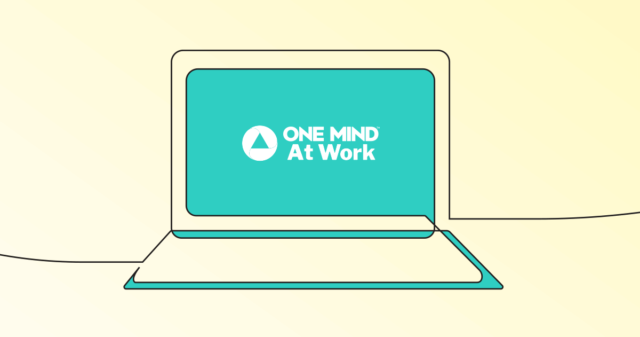In his State of the Union address, President Biden pledged to help “get all Americans the mental health services they need.” The president confirmed what many employers already know: America’s mental health crisis has taken on new urgency as the COVID-19 pandemic continues to drive up rates of depression, anxiety, drug and alcohol abuse and other challenges.
Most organizational leaders believe they are stepping up to meet worker needs, but employees don’t necessarily see it that way. According to new research by The Hartford, 82% of employers say their companies have improved access to workplace mental health services in recent years, but only 50% of workers agree.
To close that gap – and to help fulfill President Biden’s call – many organizations are turning to digital mental health solutions. As of 2020, the digital mental health market was already robust at around $142 billion in sales. Within five years it’s projected to reach $427 billion.
Yet, the overwhelming number of digital technologies on the market often leads to confusion and misalignment between what employees need and what these tools offer. In order to choose the right solutions employers must start by asking the right questions.
Rather than simply grabbing the latest new digital health tool and hoping for the best, companies should begin by building a clear understanding of the audience for these services.
Does your workforce include front-line workers or low-income employees? Are workers localized or spread out over the world? What’s the demographic makeup? Different people benefit from different tools – and all these factors play a role in choosing the right ones.
Once organizations gain a clear understanding of the potential audience, they should zero in on the specific challenges they want to address. Do you want to create a more open, inclusive culture around mental health? Do you need to overcome stigma that prevents many employees from accessing services? Are you targeting workplace stress, making flexible work easier, or trying to improve happiness among employees?
Finally, it’s important for companies to assess whether the resources they are considering are evidence-based. Digital mental health tools can be expensive to integrate and operate. Business leaders make investment decisions based on some calculation of ROI, and digital health technologies should clear this same high bar.
To help gauge effectiveness, the team at One Mind PsyberGuide – a non-profit project that aims to help people to use technology to live a mentally healthier life – recommends companies should thoroughly evaluate digital health apps based on the three criteria: credibility, user experience and transparency.
Top digital solutions must be evidence based, studied extensively and have buy-in from the scientific community. Credibility can be judged in part through research papers and app reviews. However, digital mental health tools that were developed in consultation with medical experts may prove to be more effective when compared with less credible options.
Credibility is one factor in determining whether an app will be used or just sit on the virtual shelf. User experience is another. User experience ratings speak to how easy and engaging a digital tool is to use. Is the app easy to navigate, intuitive, self-explanatory and customizable? If so, it stands a far better chance of making an impact with employees across an organization.
Apps also need to be transparent with their privacy policies so users can be fully informed about how their data is used and feel comfortable using the tool. Organizations should steer clear of digital technologies with unclear policies about how personal data is collected, stored and exchanged.
Digital mental health tools hold immense potential to help employees recognize warning signs, educate them about possible strategies to improve well-being and get them connected together resources as needed. The right tools are available – if you take a thoughtful, deliberate approach to evaluating and assembling your company’s portfolio of digital services.






